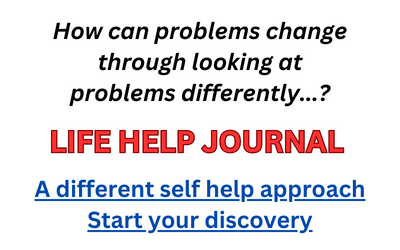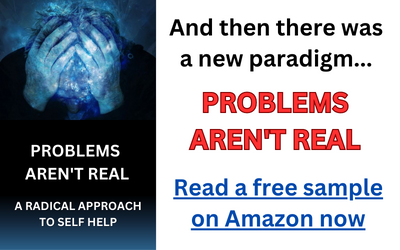Answering the question of how to become enlightened raises, for me at least, additional questions. What, exactly, does “enlightened” mean? Is there in fact a universally accepted meaning? Is there only an absolute level of enlightenment — or are there varying degrees of enlightenment?
Am I enlightened, or enlightened enough, to direct other people towards enlightenment? Does having any of these questions mean that I’m actually not enlightened?
I don’t know.
I do have some intuition about the matter of enlightenment, and this intuition directs me towards something I heard spiritualist Eckhart Tolle reference: the dream of form.
What is it?
The dream of form is complete identification with the body, thinking, and the external world. The dream of form is the conviction that form — the body, thinking, and the external world in particular — make up all of reality. The dream of form is to take the external world extremely seriously, to consider the external world and what happens within it paramount, and to have a superficial connection — or no connection at all — to spirit or that which is behind our ongoing streams of mental noise.
If you are within the dream of form then you are dreaming — you are asleep. If you have separated, to some degree or another, from the dream of form then you have become awake or enlightened. It is important to realize that the dream is a dream, and to be awake is your reality or your genuine state.
Why is this important?
Many people interested in becoming awake or enlightened will ask what they must change to become awake or enlightened. This is like a man who stands six feet tall asking what he must change to become six feet tall. You already are that. If you do not appreciate or recognize this then become aware enough that you can appreciate and recognize it.
How do we become this sort of aware? It’s not becoming entirely: it’s just as much a matter of being and allowing.
Firstly, tune in. Take note in particular of the thinking and emotions that come into your consciousness. See for yourself that there is the thinking and the emotions, and then there is you. There is space in between. Can you see this?
Nearly everyone closes the space between negative thinking and emotions, and themselves, by grabbing hold of the negative thinking and emotions in one of two ways: by either pushing the negative thinking and emotions away, or by embracing the negative thinking and emotions as truth.
Maintain the space instead by not pushing away or embracing as truth. Be with the negative thinking and emotions; be with them and allow them to be with you. There is nothing to “do” here — just be, and allow.
This be-ing and allow-ing creates even more space, and this space gets filled by the presence of spirit. The more of this you experience, the more you make a connection to spirit and away from form.
Jesus spoke to this when he said ‘I have overcome the world’.
Moving away from the world, so to speak, in this way is not a painful transition — it is actually peace and ease and contentment.

